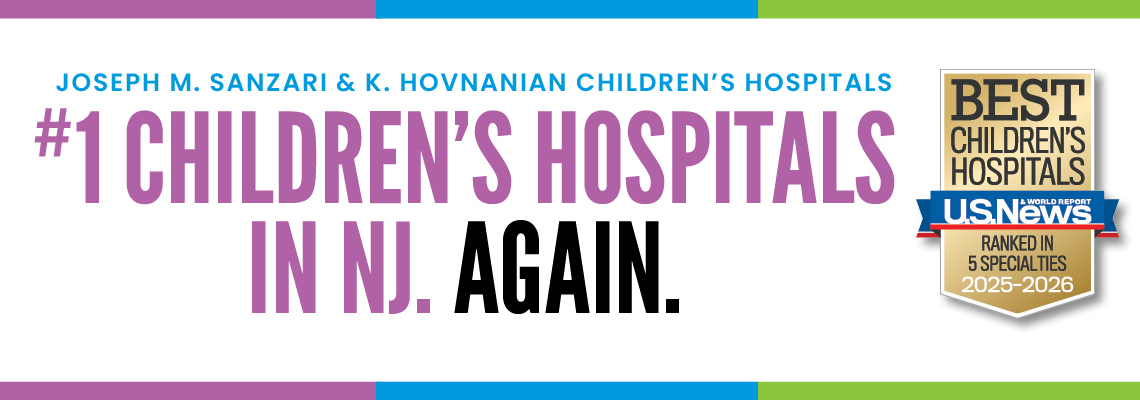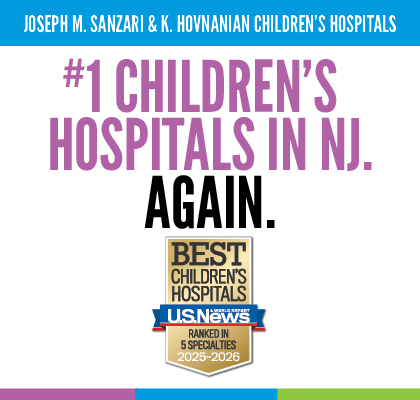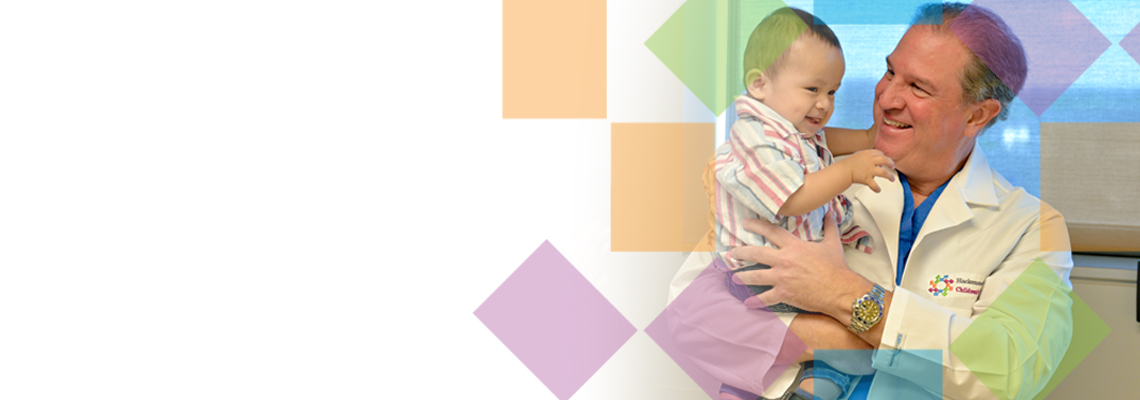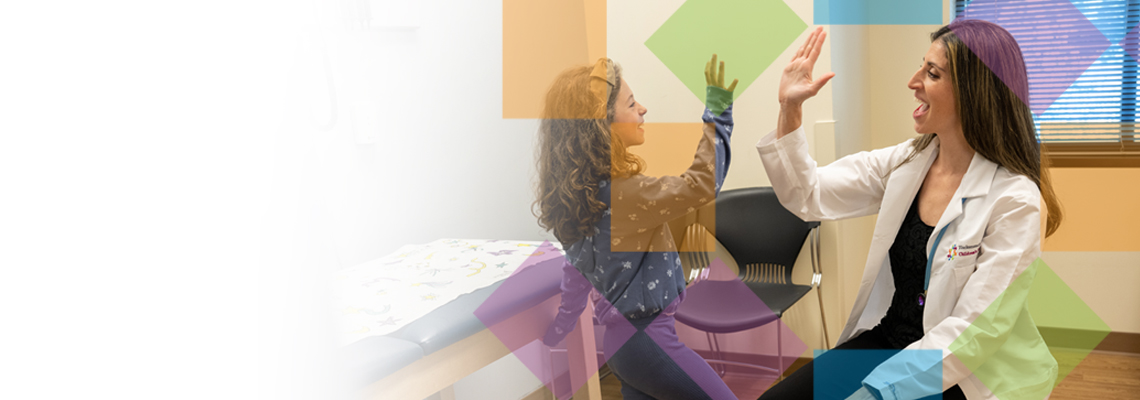Breastfeeding and Lactation Support
Lactation Consultants & Breastfeeding Support in New Jersey
At Hackensack Meridian Children’s Health, our International Board Certified Lactation Consultants (IBCLCs) are here to support you and your baby at every step of your feeding journey in New Jersey. Whether you need help with latching, are looking for breastfeeding classes, or have questions about pumping and milk supply, our compassionate specialists are ready to provide expert care.
We proudly support the Baby-Friendly Hospital Initiative, developed by UNICEF and the World Health Organization (WHO), to foster a hospital culture that encourages, protects, and supports breastfeeding for families across NJ.
How We Help
Breastfeeding doesn’t always come easily and that’s okay. Our board-certified lactation consultants are here to provide personalized guidance and support. You might benefit from lactation support if:
- You’re worried about how your baby is eating
- You’re experiencing sore nipples or breast discomfort
- Your baby seems unsatisfied after most feedings
- Your pediatrician has concerns about your baby’s weight or feeding
- You’re breastfeeding and using formula, and want help transitioning
- You have questions about pumping or preparing to return to work
- You need emotional support or encouragement along the way
What to Expect from Our Lactation Services
Our Center for Breastfeeding provides in-person support for common concerns and unique situations, including:
- Personalized assessment of mother and baby for optimal feeding strategies
- Evaluation of how much breast milk baby is taking in during feeds
- Help with latching, positioning, and increasing milk supply
- Support for breastfeeding premature babies or multiples
- Managing soreness, pain, or breast discomfort
- Assessing and addressing low or slow weight gain in baby
- Creating a return-to-work pumping plan
- Rebuilding milk supply after a break in feeding
- Support for plugged ducts, engorgement, mastitis, and other conditions
Hospital Support and Location Information
For non-urgent concerns, reach out to one of our International Board-Certified Lactation Consultants (IBCLCs) at the numbers listed below. For urgent concerns, contact your pediatrician directly.
We also offer prenatal, childbirth, breastfeeding, and baby care classes, available virtually and in-person, led by experienced educators. View All Classes
Lactation number: 551-996-4606
Pump rental: 551-996-2000 ext. 71884
Support groups: 551-996-4606
HUMC New Parent & Breastfeeding Classes
Center for Breastfeeding
1945 Route 33, Neptune, NJ 07753
CenterforBreastfeeding@hmhn.org
732-897-3680
Lactation number: 732-776-3329
Support groups: 732-776-4281
JSUMC New Parent & Breastfeeding Classes
*office and telehealth visits offered
Lactation number: 732-744-5982
Support groups: 732-744-5982
JFK New Parent & Breastfeeding Classes
Lactation number: 732-776-3329
Support groups: 732-776-4281
OUMC New Parent & Breastfeeding Classes
Internal lactation number and outpatient lactation consultants: 201-520-4785
Pump rental: 201-520-4785
Support groups: 201-295-4823
Lactation number: 732-776-3329
Support groups: 732-776-4281
Raritan Bay New Parent & Breastfeeding Classes
Lactation number: 732-776-3329
Support groups: 732-776-4281
Riverview New Parent & Breastfeeding Classes
Lactation number: 732-776-3329
Support groups: 732-776-4281
Center for Breastfeeding
27 South Cooks Bridge Road, Jackson, NJ 08527
CenterforBreastfeeding@hmhn.org
732-897-3680
*office and telehealth visits offered
Frequently Asked Questions
Placing your baby skin-to-skin can help you see early hunger cues. Watch for signs like:
- Opening the mouth
- Licking lips
- Sucking movements
- Bringing hands to the face
Some signs that feeding is going well include:
- Baby is feeding 8-12 times in 24 hours
- By Day 4, baby has at least 3-4 yellow, seedy stools daily
- Wet diapers increase each day (2 on Day 2, 3+ on Days 3-4, and 6+ by Day 5)
- You hear or see baby swallowing during feeding
- Breastfeeding becomes more comfortable and less painful after the initial latch
- Baby is receiving only breast milk and appears content after feeding
Breastfeeding often helps relieve engorgement. You can also:
- Hand-express a small amount of milk before feedings
- Use cold compresses between sessions to reduce swelling
- Take acetaminophen or ibuprofen if needed. Both are safe while breastfeeding
If discomfort continues, connect with your lactation consultant or provider for additional help.
Try these tips:
- Ask your doctor, nurse, or lactation consultant if you are holding your baby correctly
- Begin feeding on the less sore side
- Try the football hold to change the angle of baby’s latch
- Let expressed breast milk dry on nipples between feeds for soothing relief









